HUMAN BEING – Transcendence or Psychosis
by Igor Kufayev
What is the Human Condition?
When it comes to acknowledging the common ground beneath all our behavioral patterns, the term human condition is both a universally shared view and something which reconciles all our differences. At least that’s the perspective generally accepted by most schools of psychology. The human condition is inseparable from the culture where the word gains its unique flavor, and once agreed upon, is accepted unquestionably. Yet what does it mean to be human from a metaphysical point of view, and is there a consensus shared by most perennial traditions? Rarely do we give ourselves license to look into the full spectrum of what constitutes our humanness. We consider ourselves to be human beings — it is a given condition; yet what does it mean in the context of spiritual work, which, if we are to understand its premises properly, is aimed at realization of our innermost potential?
“After all, the process of Self-realization is to go beyond, to transcend the boundaries of human consciousness, to realize the essence of who we are beyond our most dearly held notions. Why even pose such a question as what it means to be human?”
Let us look at it from another perspective to see if being human is beyond our wildest imagination. Hence, let us consider the following: whenever we identify exclusively with a gender, race, family, profession, etc, that identification is obviously an impediment on the sense of who we are, on the sense of self. When one thinks of oneself as a member of this race, culture, nation, family, a particular story associated with its narrative comes alive, and a notion of being is born. In this respect, notwithstanding the value in cultural diversity, a human being will be the ultimate point of our shared identity.
With some exposure to basic tenets of perennial truth — or through direct experiences profound enough to change our perceptions — these often culturally imposed boundaries begin to be less well defined. Our gradually expanding consciousness no longer accepts these self-imposed limitations. This heralds the dawn of independence from temporarily held ideas and notions about ourselves and the world, which leads to expansiveness, openness, greater freedom — until we come up against this utterly perplexing drama and encounter our limitations again, when faced with the ultimate point of human identity. To go beyond that identity requires some courage and a different kind of knowledge.
It seems that many who have repeated experience of transcendence return to this human condition bewildered by the edge of the abyss. Deep down it’s terrifying to leave the humanness behind.
“Paradoxically, if we don’t bring to question our human-ness, we cannot enjoy being human in the full measure of what this notion ultimately exemplifies, because human being is a very important affair. A very important phase.”
For example, when speaking from the perspective of evolution, plant formation was an important phase which allowed the formation of oxygen on the planet — imagine, millions of years of plant life — so that the vertebrates could breathe! Every phase is the result of the previous formation paving the way for a successive one — mineral phase, plant phase, animal phase, human phase. Every phase, though concealing the previous one by outgrowing it in evolutionary terms, could be seen as a progressive becoming. What if we are giving birth to something here whilst going about our daily life, seldom aware of what this life really represents? What if human being is not just another stage — a trial and error, an experiment in Consciousness — but a possibility for that convergence back onto the Self?
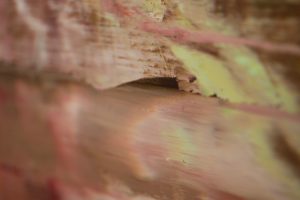
Whatever can be found in the Universe, can be found in this Body
Breakthroughs in neuroscience with regard to the neuroplasticity of the brain could be an entrance point into deeper insights on where this notion of being human is arising. Paired with the timeless wisdom of the Vedic/Tantric view on the nature of Ultimate Reality — there is no such thing as human, just as there is no such thing as a tree, or dog, or rock. All these are but manifestations of the Absolute in Its Power of Self-expression, spoken of in the Upanishads as “Purnamadah Purnamidam”: fullness expressed as fullness.
This brings us to the Tantric paradigm that, “Whatever can be found in the universe — can be found in this body” (Kularnava-Tantra). Tantra sees the body as a living laboratory for transmuting base elements into the gold of Pure Awareness. Seen from this perspective, when given to spiritual practices, we conduct this research with no device other than our own awareness.
“The birthing of a qualitatively new substance requires an act of offering – and unless we are prepared to sacrifice certain notions about ourselves, we cannot actualize the potentiality present in human birth. In other words, to fully embody what it means to be human, our human-ness needs to be given up. Sacrificed.”
Otherwise we settle on this very concept of the human condition, which the sages have spoken of in terms of “the machinery of gut-and-brain reaction/responses”. Most of our cognitive responses are automated because our perception is determined by previous experiences, which in turn plant the seeds of desire for future ones. The wheel of samsara — propelled by the law of cause and effect — is in perpetual motion. This needs to be broken, otherwise we are in for a vicious merry-go-round circle of holding onto these notions which constantly reinforce this pseudo-identity, known in Vedic vernacular as non-self. We settle for that concept of human being, and glorify that identity. And by and large ours has become a culture of this glorification, with the few exceptions giving vitality to our culture as real breakthroughs into the field of possibilities — showing us the way out of our self-imposed boundaries.
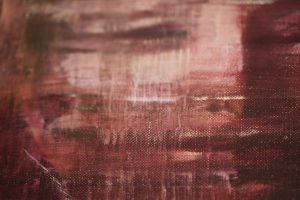
Human Being as the crowning Affair of all evolutionary Processes
Human condition is spoken of from that perspective of acknowledging the sheer limitations posed when it comes to the mastery of our nature. As an antithesis to that, there is another perspective which considers the human to be the crowning affair of all evolutionary processes. Human Being here, as far as his soul is concerned, is a Primordial Being of Light, as Adam Kadmon [Kabbalah] at once symbolizes the divine purpose and divine attributes. As the soul of all beings, the Purusha [Upanishads], is dismembered by the sacrifices to diversity, and the human being is that rite of passage where the reversal of the original sacrifice restores unity. Human Being here is not just human, but the potentiality in Consciousness, as the expression of its Totality in human form — if you will, Divinity in disguise of being human. There is a vast difference between these two perspectives.
The perspective on what we consider to be our individual psychology, the basis of our individuality, is not more than a conglomerate of conditionings, else known as psychic impressions. It’s not a very cheerful idea to contemplate, and we would prefer to deny it. Instead, we prefer to ponder that more placid perspective of the human condition our culture has been nurturing for quite some time, simply because we recognize ourselves there – and it justifies our wish to revel in that what we cannot imagine ourselves without. This is where the philosophy of yoga is unapologetic in terms of its ethos.
“Individuality” as Psychosis
There is a possibility that what we call “individuality” is really nothing other than psychosis in varying degrees of intensity. The way we hold onto it so dearly, is in itself a telling sign. The chakras — psychic wheels — are often spoken of as conglomerates of subtle pathways of prana, some of which form a knot-like structure. This knot-like structure is what creates our multileveled identity. For example, a psychic knot at the base of the spine makes our consciousness identify with the earth element to such a degree, that we literally think of ourselves as this physical body. It’s not because we are uneducated, as knowledge here is of a different kind, but as long as there is this knot, that identity remains unchallenged.
These insights into spiritual anatomy give us access into the true nature of our individuality. What we consider to be an individual is in-formed (literally pressed into a form) by that which each of the chakras is made of — though unique from person to person, the sum-total of these energies in turn forms the collective consciousness.
“We tend to cling to that which we consider our human traits, at the expense of recognizing our true essence. Spiritual traditions call this “ignorance” — not knowing one’s Self. There’s a big difference between trying to improve one’s life by means of endless therapies versus making that internal move within, which Sufis call zikhr. That turning within brings about the recognition that nothing on the outside can improve how we feel on the inside. At best, it is wishful thinking. Ours is the culture of endless attempts at trying to improve that human condition, whilst the opportunity of life being lived in – what is known in Yoga — as Being-Consciousness-Bliss is wasted.”
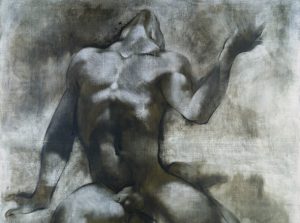
‘Individuality’ as expression of Archetypal Forces
The purpose of this life is fulfillment of our potential, and this only comes from direct recognition of our essential nature. Alas, our experience mostly links contentment with sensory-emotional satisfaction. No less, no more. Whatever means we take, whatever methodologies we use, the real incentive behind our drive is desire, and the destination is happiness. But if someone is under the illusion that one can improve something about the human condition, that in itself is a sign of psychosis. Trying to improve the human condition is like trying to improve the weather.
Instead, Tantra considers individuality to be an expression of the archetypal forces of nature – the impulses of creative intelligence! Outside of that, there is no personality of a human being.
“To assume the personality of a human being is a misnomer. A misperception. Tantric perspective embraces the view: that at the basis of all psychological states — all of them — are these supreme powers, Shaktis. From beatifique to terrifying, all is included here: joy, grief, empathy, anger, fear, valor, wonder, disgust… everything. All the psychological states are represented by a particular energy, and the work is to reconnect to these primordial energies – rather than to keep identifying with emotion itself, which reinforces that sense of individualised self.”
A very different stance is taken from the very start. That what we consider individuality is an epiphenomenon of a much subtler processes, and this is where the liberating process begins. Instead of falling into the trap of “I am angry” or “I am happy,” one taps into the underlying energy behind that which is being experienced.
Imago Dei
The human being. Human and Being. It takes us back to where we started — to transcendence or psychosis. The possibility containing these extremes – a conglomerate of psychoses or a pure field of transcendence? The marvel of this nervous system, the reflection of incomprehensible fullness is expressed through this act of creation of what we call human being. It contains this possibility for experiencing every shade of what it means to be human, whilst at the same time transcending all these shades in the light of Awareness which illumines it all. Everything is contained in this field of manifold potentialities we call human. That’s what makes it significant, and complex, and magical…
That simultaneity of this human experience — in accord with the perceptual capacity of the senses refined to a degree that enables one to partake in the sweetness of existence, whilst enjoying an uninterrupted state of pure transcendence. The nervous system of a human being is designed for that. The hidden dimension of the Imago Dei — the image of God – means we are wired for the divine essence of human experience. Why is the human being made in the image of God? Why not the bird? Or fish? No, it takes place in this body. The form and the essence are infused here as an incomprehensible act of creative freedom, expressing wholeness through all its parts, as in a great work of art. Though the hand of a master is recognized in every brushstroke, in every gesture, in everything that carries the breath of the creator, there comes a masterpiece. In the history of art, certain works stand as colossal achievements of an entire civilization. In the myriad of Buddha statues, some have that palpable sense of transcendence emanating from the carved stone. And human being is that masterpiece of creation, “illumined within” and carved out of the light of His own awareness.
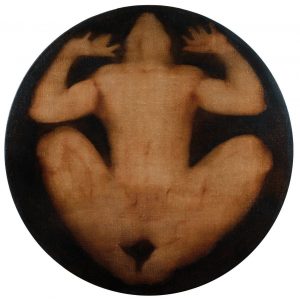
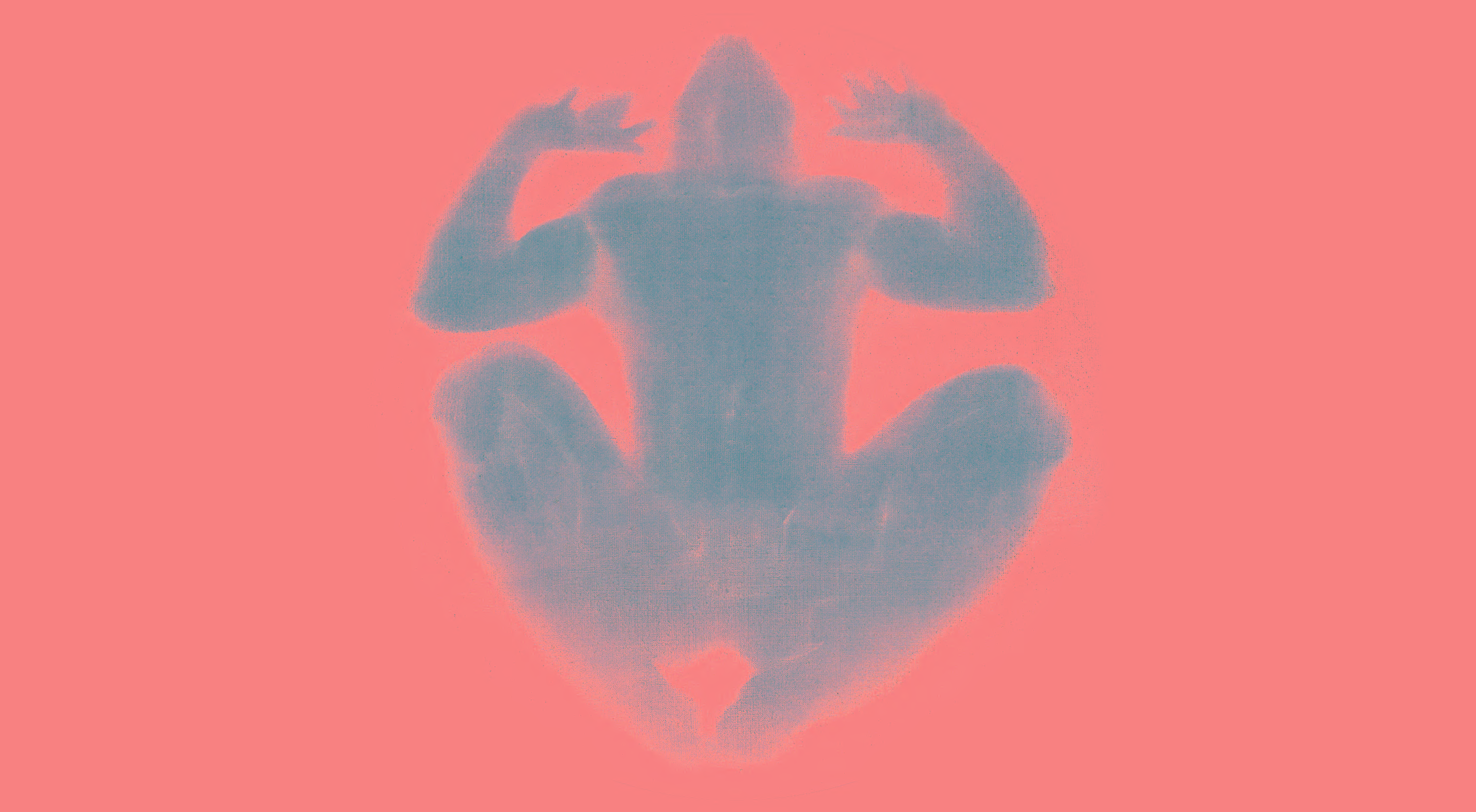
 Individuality is defined by Boundaries of Identity
Individuality is defined by Boundaries of Identity
Isn’t what we settle for, as a concept, what limits what we consider being human? This question of being in the body as Consciousness is already taken for granted. We wish to transcend human experience, yet without understanding what this fully represents, there is a possibility for bypassing the very purpose of this human incarnation.
Consciousness is present in every fiber of existence as the vibrancy of Its own unlimited will. Expansion and contraction are pulsating powers of Awareness inherent in Its plenitude. Likewise, the human nervous system affords this possibility of expansion as well as very tight contraction, and it is that which we identify with. Our individuality can be understood as the ebb and flow of these contradictory waves in awareness. It is defined by the boundaries of our identity. In turn the boundaries define who we are in terms of our experience. These boundaries are not fixed. Therefore, individuality is inseparable from [the sense of] identity — in its relationship to the senses, mind, ego, intellect — and thus by its very definition will always be arbitrary.
“What this other perspective gives us is a re-evaluation of human experience. It gives the human experience integrity, because it’s no longer denied as an illusion, appearance, or an accident of evolution. Human experience is a possibility in Consciousness. It’s not a fixed affair.”
This is where we bring that integral understanding, which restores the integrity at times when we’re lost collectively in terms of what we’re doing here as Earthlings. There is this unstoppable, sweeping, very powerful process of technological progress, while at the same time — and in contrast to that — we feel less and less empowered by the gifts with which we are equipped at birth. We become more and more dependent on that which requires something to be plugged in somewhere. We are reliant on electronics, computation, and the list goes on. There is this discrepancy where that which we are gifted with — the real mastery which went into creating us — is now being poured into that which deprives us of these very refined faculties.
This [other] perspective of human being, is that of the masterpiece of creation, where God can hear, touch, see, taste, smell and celebrate Its own glory – literally, Divinity in the disguise of being human. Though it can do that in a deer, in a bee, in a tree — in any creature – yet it would be experience limited to the beingness of a bee, beingness of a tree, of a deer, of an elephant, of a cow. Here, there is the possibility of not concealing Its essence any longer. The essence is concealed by cowness, by deerness, by treeness,but in a human being, Awareness can reveal Itself in full measure. In human being, beingness shines forth.

The Premise of Spiritual Practice
The psychosis here is that which binds us, depriving us of the direct experience of Beingness — of Being. The question may still arise, “What are we as humans?” There is no way to answer this, nor is there a need, other than to be present to what arises deep within, in response to this inquiry. As with the question, “Who am I?” the practice of atma-vichara is not meant to bring answers, but to reverse the thinking until the quiver generated by the energy of that process runs down the spine to shake, awaken and reshape our sense of self.
“Self-realization is inseparable from that which brings about a radical shift in one’s perception. The Self needs to be re-cognized. Brought to cognition — made knowable. And the only thing that prevents us from that recognition is that inherent state of psychosis. So, spiritual practice can be seen as freeing ourselves from these limitations present deep within our psyche.”
Tantra is one of the traditions which works on this with profound directness and clarity. Its methodologies are based upon utilizing everything, even what many other traditions prefer to avoid. To restore balance and harmony, Tantric sadhana, works with that which is the most intimate — the body, its breath and its life force. It does not overlook the process of purification, for without purification, there cannot be refinement of perception — and without that refinement there is no delight in that seamless state of Being. Momentarily we can all be granted that – the most stressed-out human being can have that glimpse, that taste of being part of everything. Yet being freed from the burden of self-imposed conditioning, which turns the glory of life into suffering, is a different level of being altogether. Hence the aim of spiritual practice — the aim of sadhana — is to bring that light into all conditions and conditionings. A revelation here, a little insight there, is not enough. One needs to be established in it. That’s what the term sadhana exemplifies — that which supports one in one’s own Self is firm through sadhana. It’s not mere spiritual practice, but a way of life – creating that support, for your own truth, where the lightness of Being is lived in a natural way, without the need to chase or trace it.
Jai Guru Dev
– Igor Kufayev – Port Moody, Vancouver, June 2017.
Adopted from transcription of the discourse given at the immersion “Human Being: The Gate, the Altar and the Offering” in Belgium, February 2017.
Images: Paintings by Igor Kufayev, 1993 – 2001.
